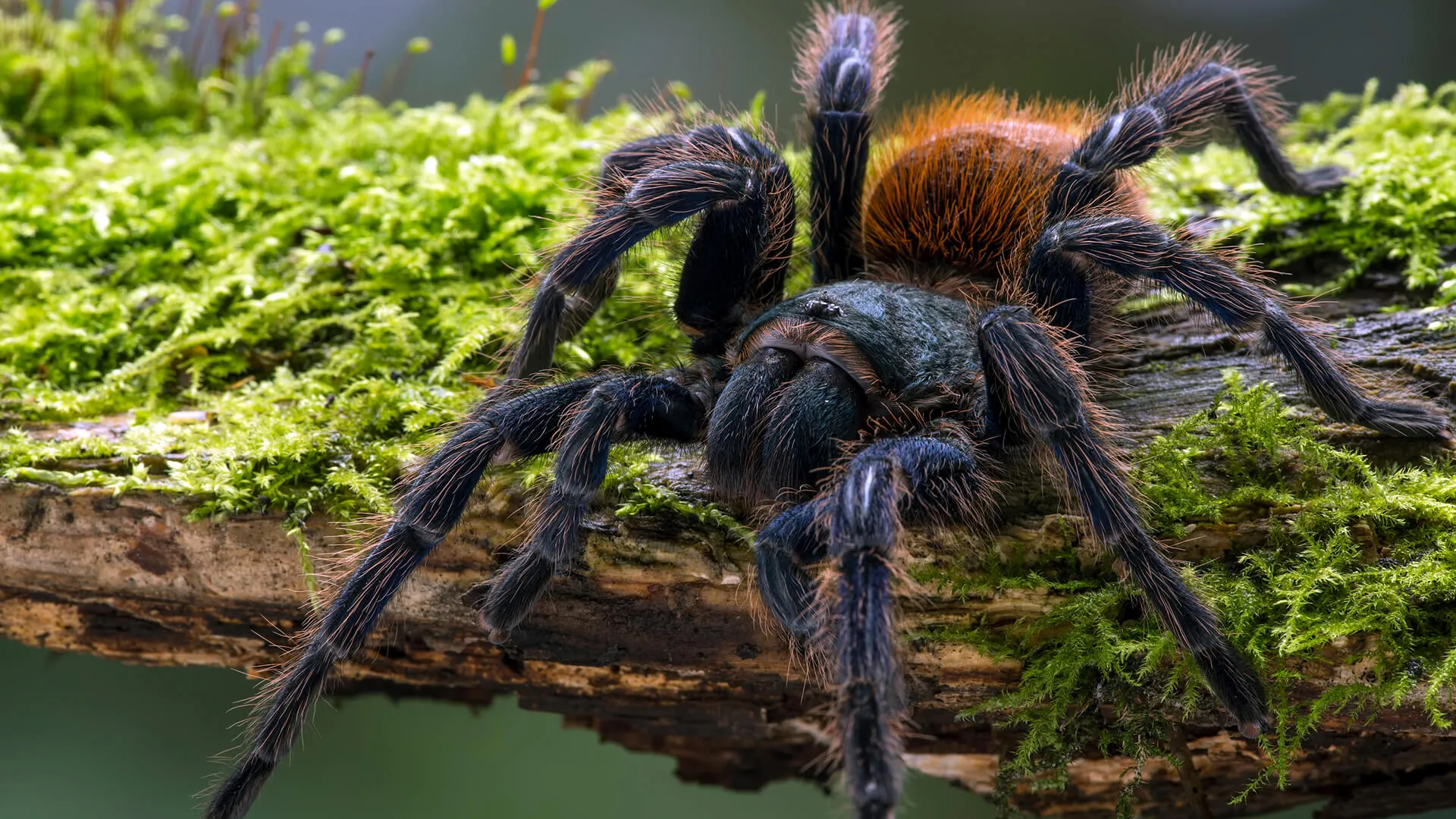Tarantula Zoo Secrets Unveiled
Welcome to the fascinating world of tarantula keeping! This guide unveils the secrets to creating a thriving tarantula zoo, transforming your space into a vibrant and healthy environment for these amazing creatures. Whether you’re a seasoned arachnid enthusiast or a curious beginner, this comprehensive resource will equip you with the knowledge and skills to ensure your tarantulas flourish. From understanding their unique needs to mastering the art of habitat setup and care, you’ll discover everything necessary to build a successful tarantula zoo. Prepare to embark on a journey into the captivating realm of tarantula keeping, where patience, observation, and a passion for these incredible animals are your greatest assets. Let’s delve into the secrets of creating a truly thriving tarantula zoo!
Creating the Perfect Tarantula Habitat
The foundation of a thriving tarantula zoo lies in the creation of a suitable habitat. Tarantulas are sensitive to their environment, and providing an optimal setup is crucial for their health and well-being. This involves careful consideration of various factors, including the size of the enclosure, the substrate, humidity, temperature, and the provision of hiding places. A well-designed habitat not only meets the tarantula’s physical needs but also provides enrichment, encouraging natural behaviors and reducing stress. By meticulously crafting the perfect living space, you’re setting the stage for your tarantula to thrive, displaying its full beauty and fascinating behavior. Remember, a happy tarantula is a healthy tarantula, and a well-designed habitat is the key.
Substrate Selection
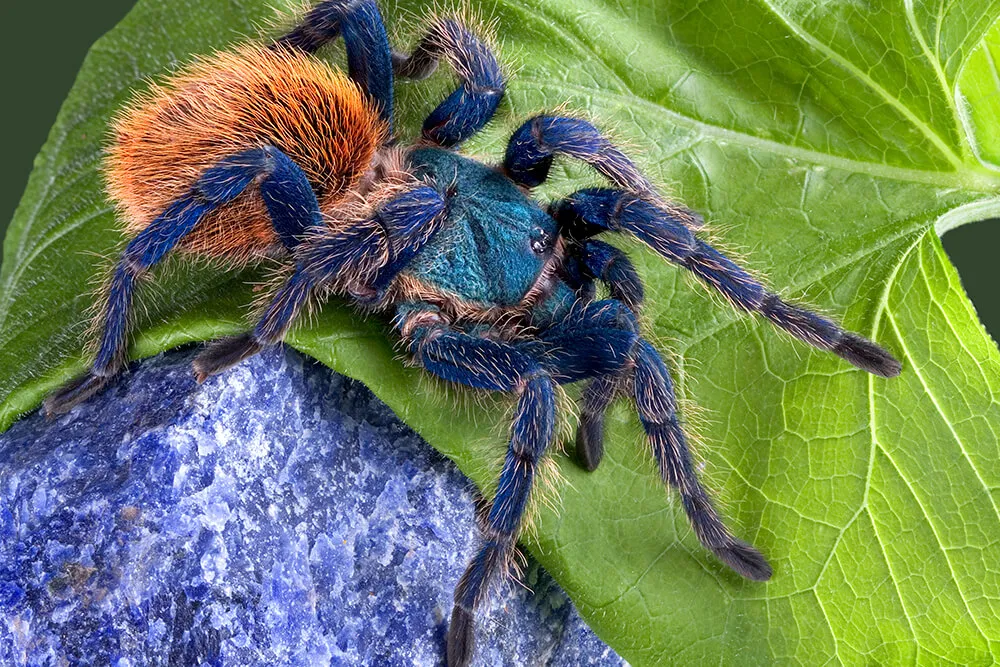
The substrate forms the foundation of your tarantula’s habitat, serving multiple purposes. It provides a surface for the tarantula to walk on, burrow in, and create a comfortable living space. The ideal substrate should retain moisture to help maintain humidity levels, be non-toxic, and provide a natural look and feel. Popular choices include coconut fiber, peat moss, and vermiculite. Coconut fiber is particularly favored for its excellent moisture retention and natural look. Peat moss offers similar benefits, while vermiculite can be added to enhance drainage. Avoid substrates that contain harmful chemicals or fertilizers. The substrate depth will depend on the species, with burrowing species requiring a deeper layer to facilitate their natural behaviors. Always ensure the substrate is clean and free of any potential hazards.
Humidity Control
Maintaining the correct humidity level is critical for your tarantula’s health, especially for species from humid environments. Low humidity can lead to molting problems and dehydration, while excessive humidity can promote mold growth and respiratory issues. The ideal humidity range varies depending on the species, so research your specific tarantula’s needs. You can monitor humidity using a hygrometer. To increase humidity, mist the enclosure with dechlorinated water, especially around the substrate. Ensure proper ventilation to prevent the build-up of excessive moisture. Regular misting and monitoring are essential to keep your tarantula comfortable and healthy. The humidity level can often be adjusted by increasing or decreasing the amount of ventilation in the enclosure. Using a water dish also contributes to the humidity level.
Temperature Regulation
Temperature is another critical factor in your tarantula’s well-being. Tarantulas are ectothermic, meaning they rely on external sources to regulate their body temperature. Providing a consistent temperature within the appropriate range for your species is essential for their metabolism, digestion, and overall health. The ideal temperature usually ranges between 70-85°F (21-29°C). You can monitor temperature using a thermometer. Avoid placing the enclosure in direct sunlight or near heat sources, which can cause fluctuations. In cooler environments, you may need to use a heat mat or ceramic heat emitter, but always ensure proper ventilation and prevent overheating. Regularly checking and adjusting the temperature will ensure your tarantula thrives in a comfortable environment.
Essential Tarantula Zoo Equipment
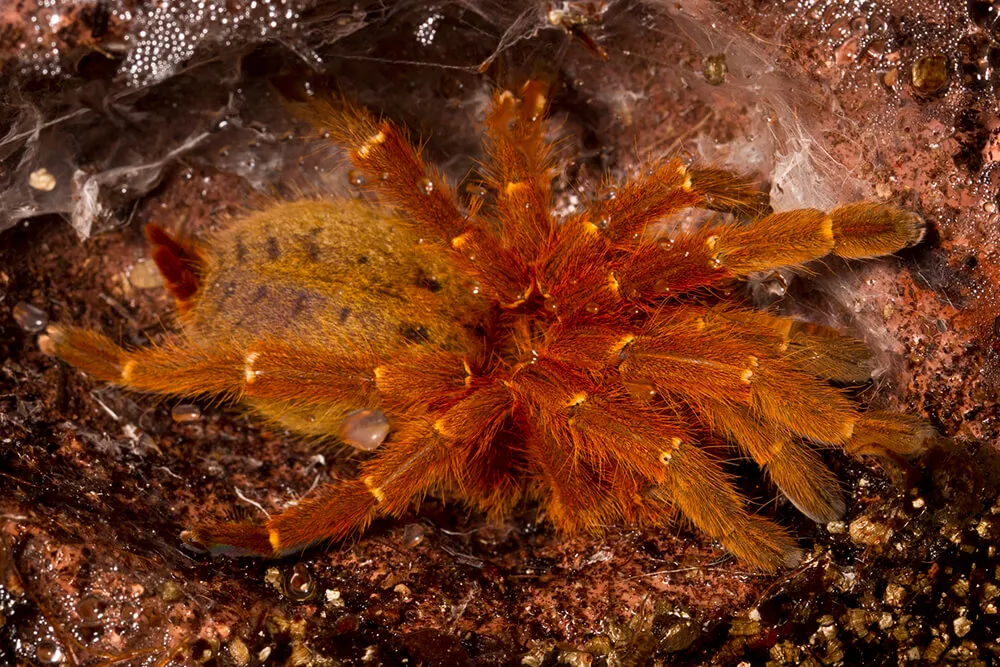
Creating the perfect habitat necessitates a range of essential equipment to ensure your tarantulas’ well-being. Besides the enclosure itself, several tools will help you maintain the ideal environment and care for your fascinating pets. A well-equipped tarantula zoo is a testament to your dedication and ensures the long-term health and happiness of your arachnid companions. From monitoring environmental conditions to providing enrichment, the right equipment will make caring for your tarantulas easier and more rewarding. Investing in quality equipment will save you time and improve the quality of life for your tarantulas.
Essential Tarantula Zoo Equipment
- Enclosure (appropriate size for the species)
- Substrate (coconut fiber, peat moss, etc.)
- Water dish (shallow and accessible)
- Hygrometer (for measuring humidity)
- Thermometer (for measuring temperature)
- Hiding places (cork bark, artificial plants)
- Misting bottle (for maintaining humidity)
- Tongs or feeding tweezers
- Escape-proof lid
Feeding Your Tarantulas
Feeding your tarantulas is a crucial aspect of their care, directly impacting their health, growth, and overall well-being. Understanding the dietary needs of your tarantula species, choosing appropriate food, and establishing a feeding schedule are essential for creating a thriving tarantula zoo. Tarantulas are opportunistic predators, and their diet typically consists of insects. However, the specific requirements will vary depending on the species and the tarantula’s age. A well-nourished tarantula is a healthy tarantula, and providing the right diet is essential for their long-term survival and happiness. Proper feeding ensures they receive the necessary nutrients for optimal growth and a healthy lifespan.
Choosing the Right Food
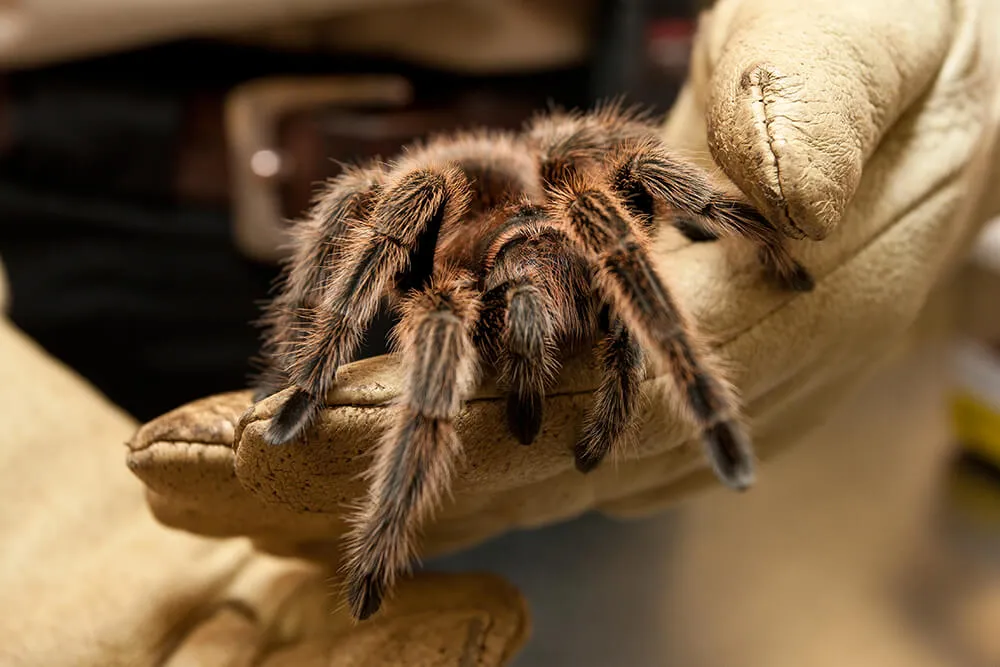
The ideal diet for your tarantula typically consists of insects. Crickets, mealworms, dubia roaches, and other commercially available insects are common choices. The size of the prey should be appropriate for the size of your tarantula; the general rule is to offer insects no larger than the tarantula’s body. It’s important to choose healthy, well-fed insects, as the nutritional value of the prey directly impacts your tarantula’s health. Avoid feeding wild-caught insects, as they may carry parasites or pesticides. Consider gut-loading the insects with nutritious foods before feeding them to your tarantula, which enhances the nutritional value of the meal. Variety in diet is also beneficial, but ensuring the safety and nutritional value is paramount.
Feeding Frequency and Amounts
The feeding frequency and amount will vary depending on the tarantula’s age and species. Younger, growing tarantulas typically require more frequent feedings than adults. As a general guideline, spiderlings can be fed 2-3 times per week, while juveniles can be fed once or twice a week. Adult tarantulas often need only one feeding every 1-2 weeks. Always observe your tarantula’s behavior to gauge its appetite. A tarantula that consistently refuses food may be preparing to molt. Remove uneaten prey after 24 hours to prevent stress and potential injury to your tarantula. Adjust the amount of food provided based on how much the tarantula consumes and its overall condition.
Watering and Hydration
Providing fresh water is essential for your tarantula’s hydration and overall well-being. Tarantulas obtain water by drinking from their water dish and absorbing moisture from their environment. Dehydration can be detrimental, leading to health issues. Proper watering practices ensure that your tarantula remains healthy and hydrated. Ensuring consistent access to fresh, clean water is a fundamental aspect of tarantula care.
Watering and Hydration
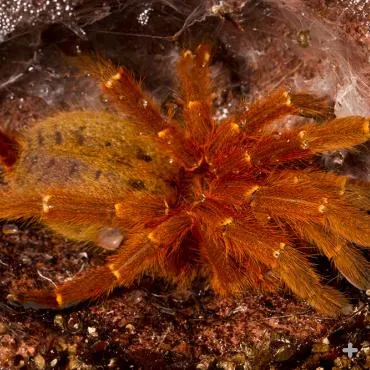
- Provide a shallow water dish that is easily accessible.
- Ensure the water dish is always filled with fresh, clean water.
- Change the water dish regularly to prevent bacterial growth.
- Misting the enclosure can also provide additional moisture and hydration, especially for species that prefer higher humidity.
- Avoid using tap water that may contain chlorine; use dechlorinated water or bottled water.
Tarantula Health and Wellness
Maintaining your tarantula’s health and wellness involves understanding their potential health issues, recognizing signs of illness, and implementing preventative measures. Regular observation, proactive care, and a keen eye for changes in behavior or appearance are key to keeping your tarantulas thriving. A healthy tarantula zoo is one where the inhabitants are free from disease and stress, and this requires diligent attention to their well-being.
Identifying Common Ailments
While tarantulas are generally hardy creatures, they can be susceptible to certain health problems. Common ailments include mites, fungal infections, and molting issues. Mites can infest the tarantula, causing irritation and potentially transmitting disease. Fungal infections can occur if humidity is too high or the enclosure is not properly cleaned. Molting problems can arise from environmental stress or inadequate humidity. Signs of illness may include lethargy, loss of appetite, unusual posture, or visible parasites. If you observe any of these symptoms, consult with an experienced tarantula keeper or a veterinarian familiar with arachnids.
Preventative Measures
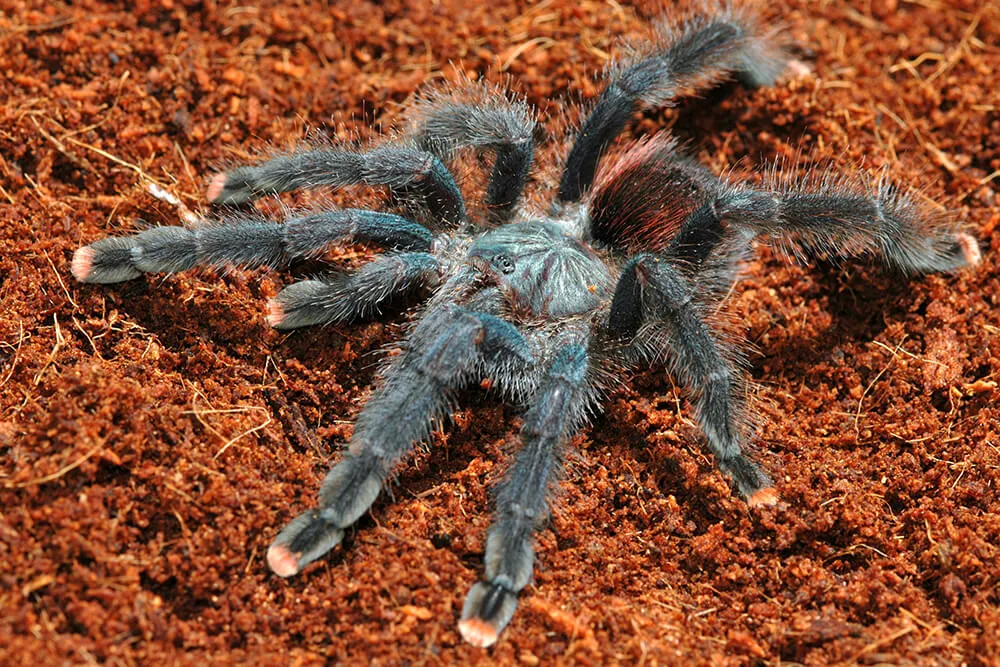
Prevention is crucial for maintaining your tarantula’s health. Regularly clean the enclosure to remove any waste or uneaten food. Maintain proper humidity and temperature levels to prevent fungal growth and molting problems. Quarantine new tarantulas to prevent the introduction of parasites or diseases. Provide a varied diet with gut-loaded prey. Observe your tarantulas daily for any signs of illness or stress. Proactive care, a clean environment, and proper nutrition go a long way in keeping your tarantulas healthy and happy.
Handling and Safety
While tarantulas are not typically aggressive, handling them carries risks. Understanding the importance of safe handling practices and taking precautions are essential for both your safety and the well-being of your tarantulas. Approaching handling with respect and caution, coupled with knowledge of their behavior, will ensure a positive experience. Being informed about their potential defensive behaviors will help you handle them responsibly.
The Importance of Safe Handling
Tarantulas can be easily injured if dropped or mishandled. Handling should be minimized, especially with new or nervous individuals. Always handle tarantulas over a soft surface, such as a bed or a low table, in case they fall. Approach the tarantula calmly and gently. Some tarantulas are docile, while others may be more skittish or defensive. Avoid sudden movements or loud noises that could startle the tarantula. Observe the tarantula’s behavior carefully before attempting to handle it, looking for signs of stress or aggression.
Avoiding Bites and Injury
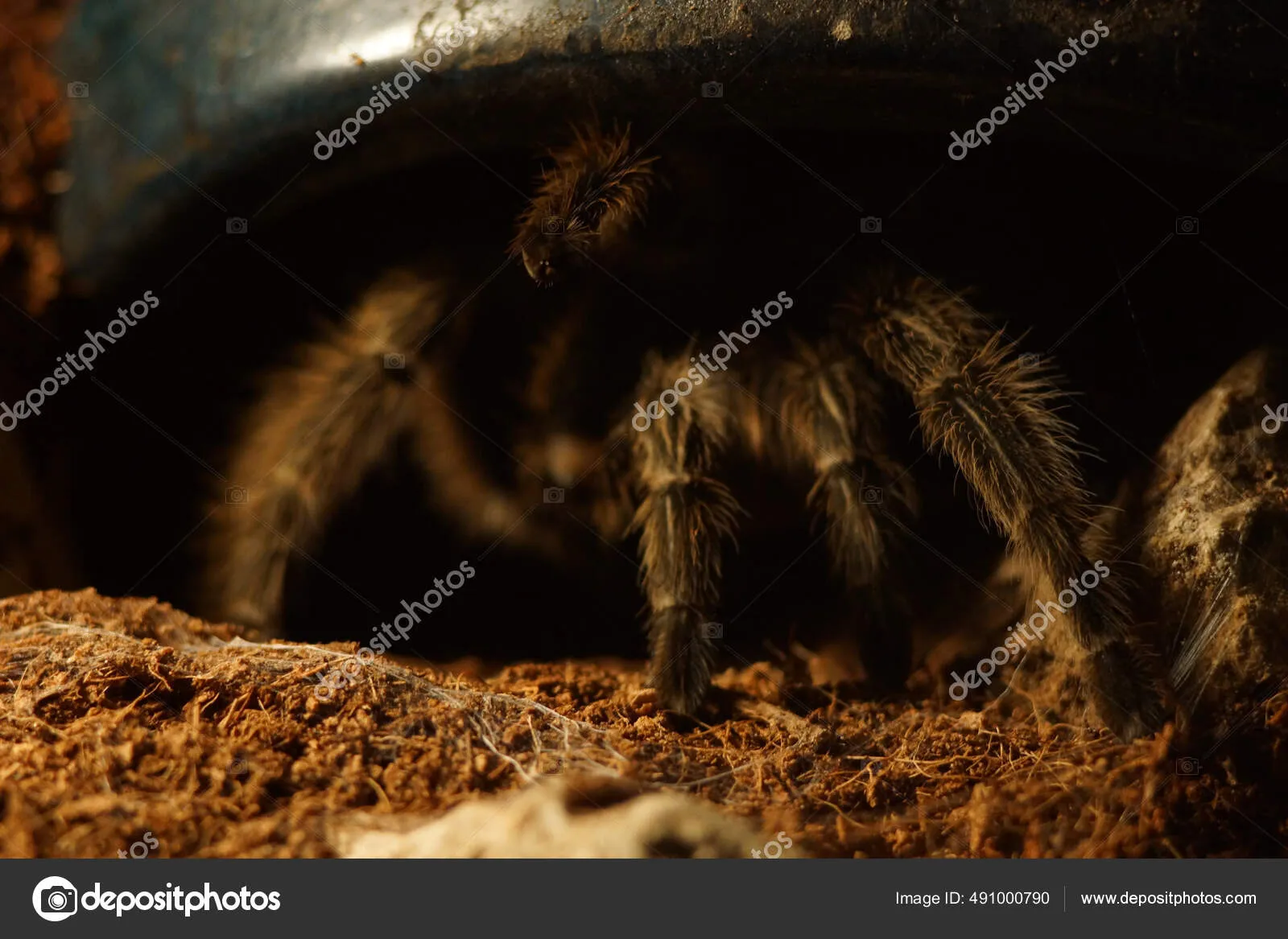
While tarantula bites are rarely life-threatening to humans, they can be painful. Defensive tarantulas may bite if they feel threatened or startled. To avoid being bitten, avoid provoking the tarantula. Do not make sudden movements or try to grab the tarantula. If you must handle a tarantula, use a soft brush or a piece of paper to gently guide it onto your hand. If bitten, clean the wound thoroughly with soap and water and monitor for any signs of allergic reaction. Remember that tarantulas may also flick urticating hairs as a defense mechanism, causing irritation to the skin and eyes. Always wash your hands thoroughly after handling a tarantula.
Breeding Tarantulas in Your Zoo
Breeding tarantulas is a rewarding experience that allows you to expand your collection and contribute to the tarantula-keeping community. However, breeding tarantulas requires careful planning, research, and a deep understanding of their specific needs. Breeding tarantulas involves careful planning and preparation, from selecting compatible specimens to setting up a suitable breeding environment. Success in breeding is not guaranteed, but with the right knowledge and care, you can increase your chances of a successful breeding season.
Setting Up a Breeding Environment
Before breeding, research the specific requirements of your tarantula species. Create a breeding environment that mimics their natural habitat. This may involve adjusting temperature, humidity, and photoperiod. Provide a spacious enclosure with ample hiding places. Introduce the male tarantula to the female’s enclosure. Supervise the mating process closely. After mating, remove the male to prevent him from being eaten. Provide the female with plenty of food and a suitable nesting area.
Post-Mating Care
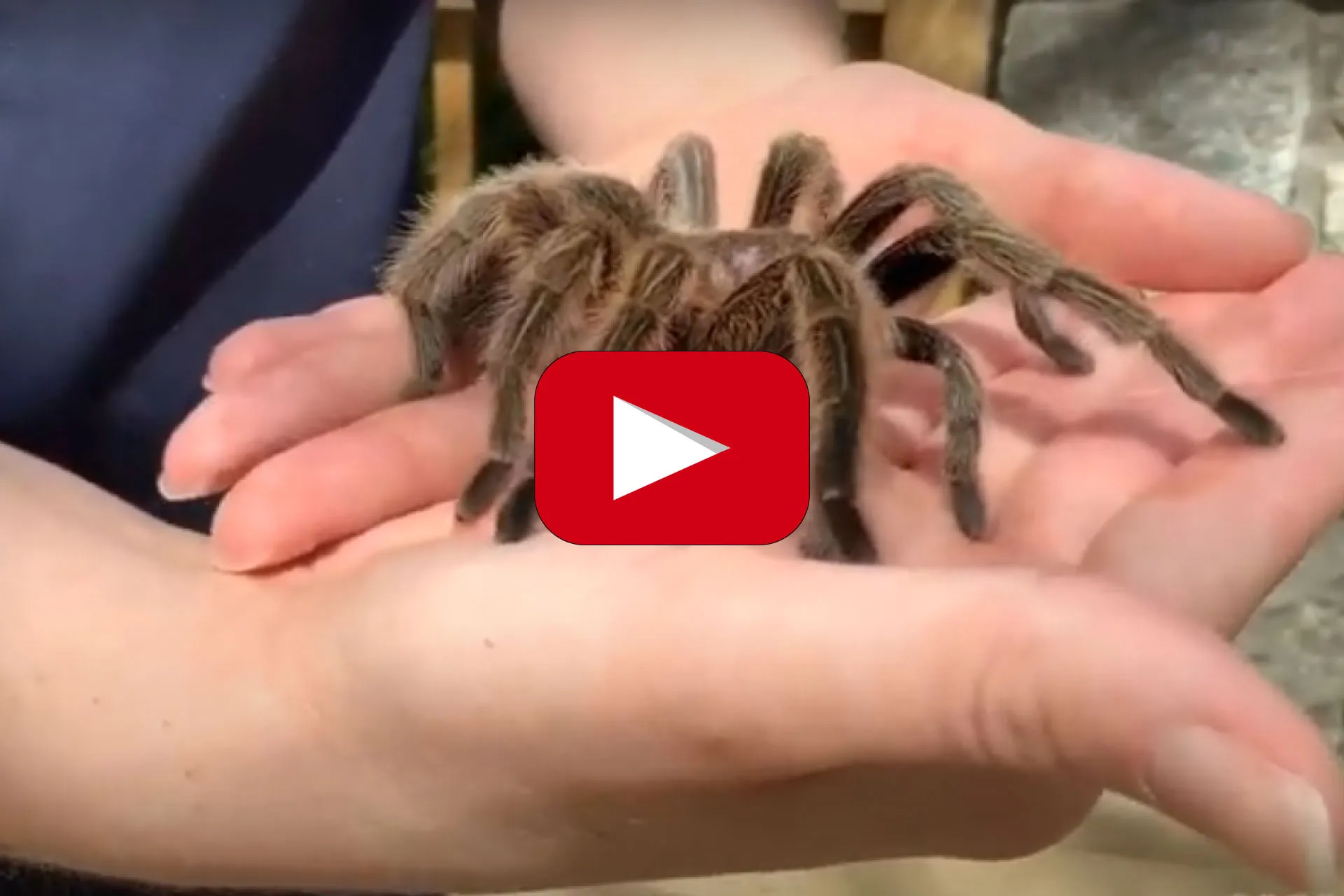
Once the female has laid her eggs, she will create an egg sac to protect them. Do not disturb the egg sac. Maintain the appropriate temperature and humidity for the species. The female will guard the egg sac until the spiderlings hatch. After the spiderlings hatch, provide them with small prey items. Separate the spiderlings into individual enclosures as they grow to prevent cannibalism. Breeding tarantulas is a long-term commitment and requires careful management to ensure the survival of the spiderlings. The journey of breeding tarantulas can be immensely rewarding.
The Thrill of Tarantula Keeping
Caring for tarantulas is a unique and rewarding hobby. It offers a fascinating glimpse into the world of these amazing creatures, providing an opportunity to observe their behaviors and appreciate their beauty. The dedication and care required to build a thriving tarantula zoo provides a deep sense of accomplishment. The joy of tarantula keeping extends beyond the practical aspects of care, offering a window into a world of wonder and fascination.
